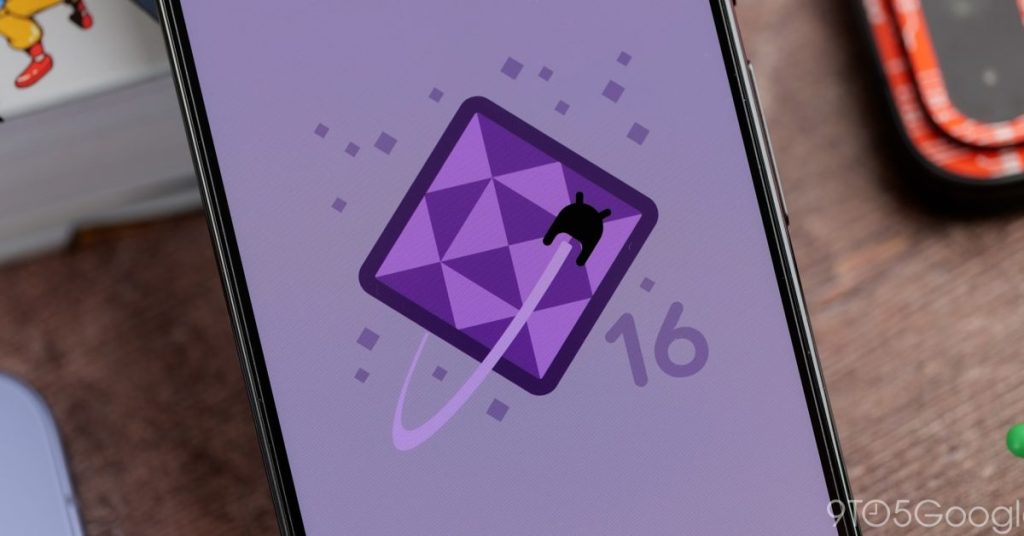Android 16 Launch: An Underwhelming Update
Google has rolled out Android 16 to Pixel users this week, marking an early release that holds significant long-term potential. However, the initial reception has been surprisingly dull, especially with a prime opportunity for Android to outshine its competitors.
This article is part of 9to5Google Weekender, a revitalized newsletter that covers major Google news along with insights and miscellaneous updates. Subscribe here for early delivery!
Confusion Surrounding Android 16’s Release
The launch of Android 16 is puzzling for several reasons, notably its atypical release schedule. Traditionally, Google introduces new Android versions in September; this stable release comes unusually early in June. While the change was anticipated, it still feels out of place.
Ultimately, though, the timeline is of lesser importance.
The impact of Android 16 can be seen as split into two parts: the initial release, described as quite boring.
Lack of Significant Changes
Visually, Android 16 mirrors its predecessor, Android 15, with minimal functional enhancements. Key updates include mandatory grouping of app notifications, further protection through Advanced Protection, the ability to open the wallet app with a power button double-tap, new battery health features for Pixel phones, and additional support for medical records in Health Connect. However, many of these features result from the recent June Feature Drop, rather than Android 16 itself.
Intriguing elements of Android 16 remain hidden or forthcoming, like Live Notifications, which won’t be available until later for most apps. Additionally, the much-anticipated Material 3 Expressive redesign is absent from this initial update, leading to disappointment among users expecting changes.
Fragmentation Issues Persist
This situation exacerbates existing fragmentation issues within Android, where users often find inconsistencies in features across different devices. Although the term “fragmentation” has evolved, it lingers in user perceptions, particularly with the sizable redesign being well-received.
Google’s Material 3 Expressive has drawn considerable praise, contrasting sharply with Apple’s recent iOS updates, which have received mixed reviews for their readability challenges. Google has an opportunity to leverage this positive reception against iOS’s less favorable critiques.
Missed Opportunities for Google
If marketed effectively, Android 16’s redesign could attract users from iOS when the update is released. However, Google has not postponed highlighting the Material 3 Expressive redesign, missing a critical chance for visibility. As a result, the focus will likely shift toward other innovations like Gemini during the Pixel’s launch.
In the months ahead, the first stable iteration of Android 16 may fade from memory as Material 3 Expressive takes center stage. Nonetheless, it feels like Google has squandered an important moment by releasing Android 16 without its most exciting upgrades, which seemed ready in time for the typical schedule.



